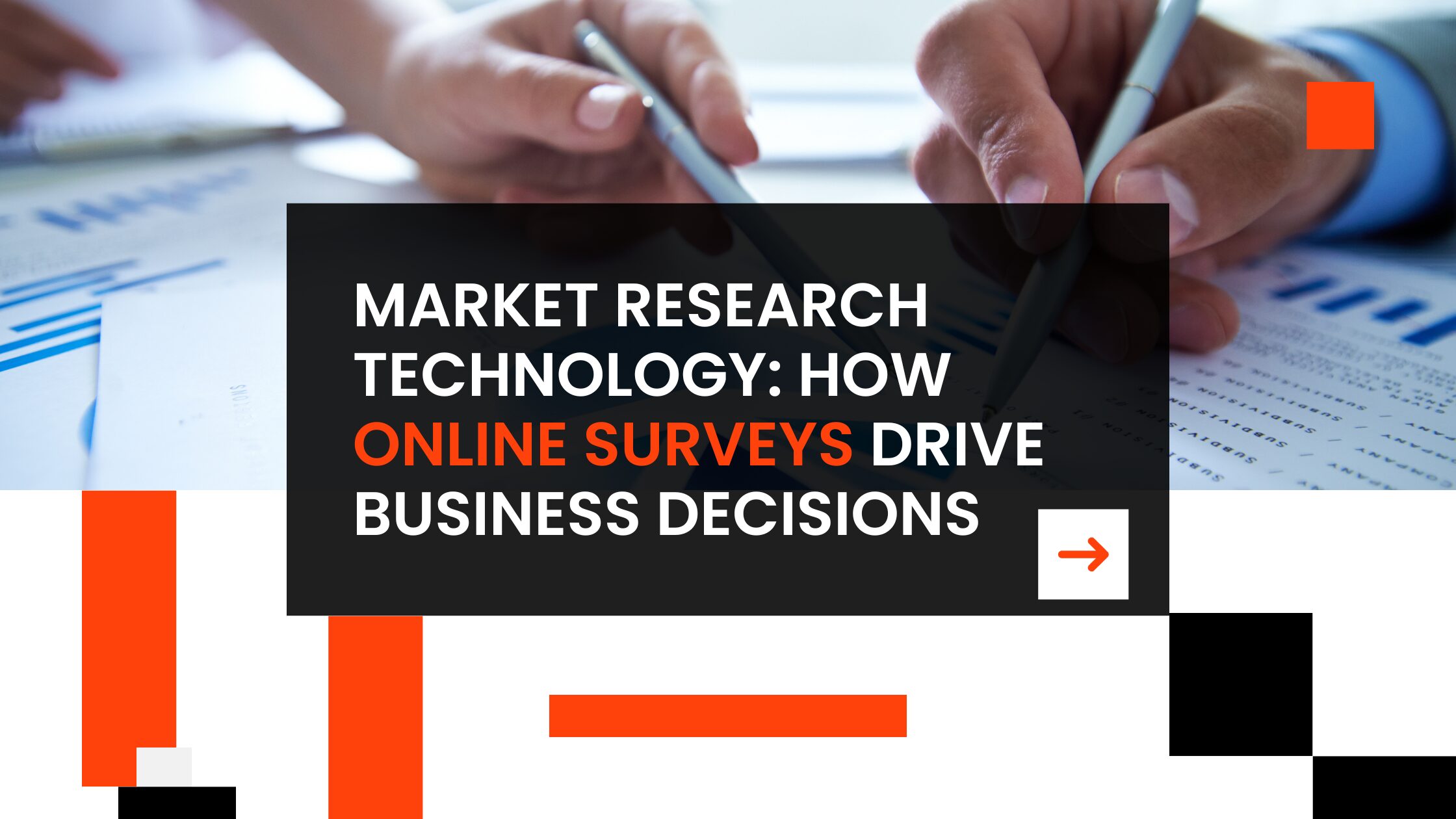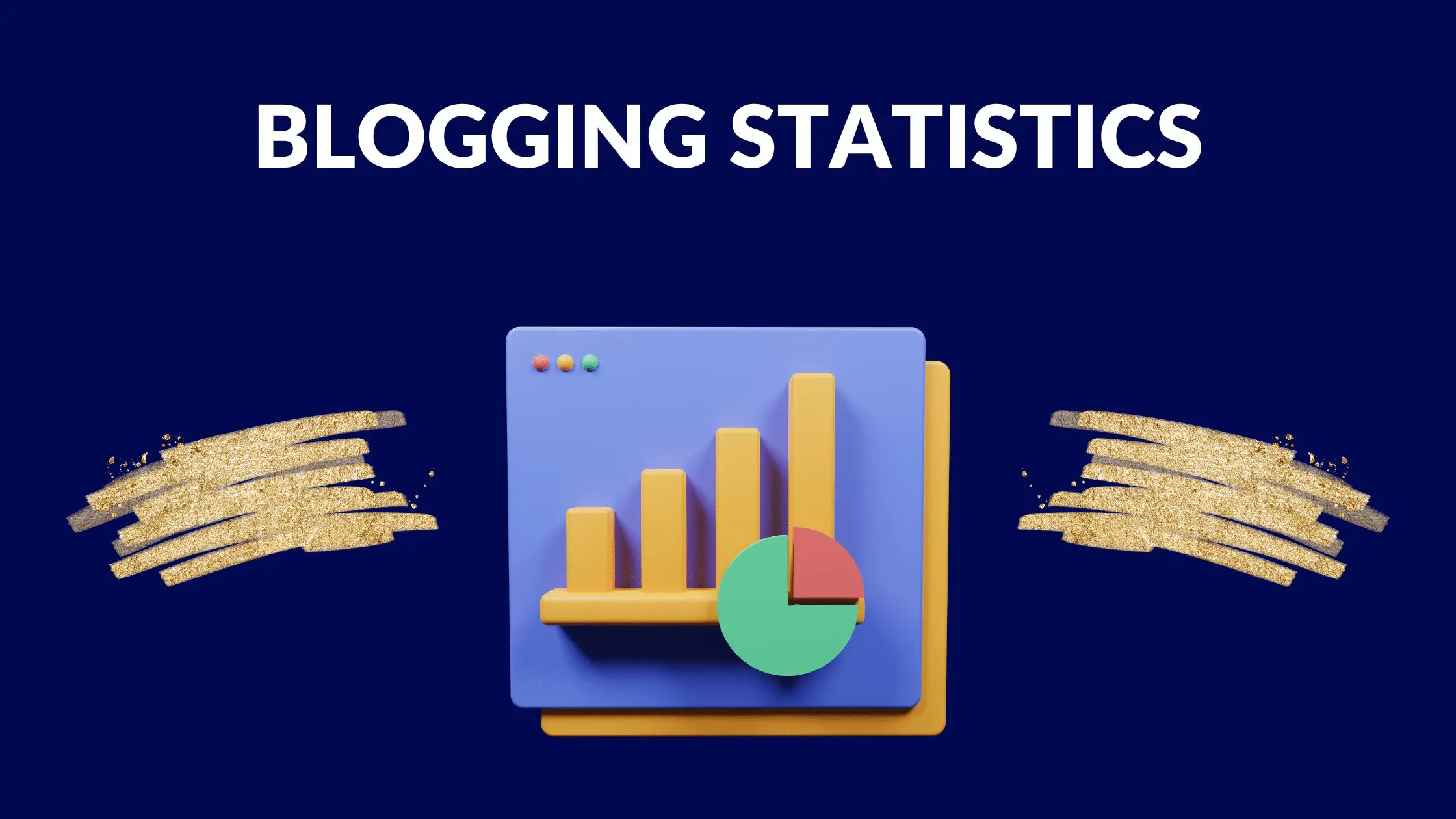Market Research Technology: How Online Surveys Drive Business Decisions

Written by Casey Botticello
Disclosure: Some of the links below are affiliate links, meaning that at no additional cost to you, I will receive a commission if you click through and make a purchase. Read our full affiliate disclosure here.
Companies waste $75 billion every year on products nobody wants. And here’s the kicker: 42% never even bothered asking customers what they actually need before launching.
Digital survey technology fixes this expensive problem. It delivers consumer insights at massive scale, transforming how businesses understand their markets. We’re talking about millions of responses processed daily, with AI predicting buyer behavior at 89% accuracy (not perfect, but pretty impressive).
From Focus Groups to Digital Feedback
Remember those old-school focus groups? Twenty people in a room, eating stale sandwiches while discussing laundry detergent. That process took weeks and cost thousands.
Today’s platforms capture 10,000 responses in two days. The shift isn’t just about bigger numbers though. Machine learning algorithms spot patterns humans miss completely: response inconsistencies, statistical outliers, hidden correlations between unrelated questions.
Procter & Gamble slashed their product development time by 30% using automated survey analysis. But what’s really interesting? Small businesses now access the same tools that Fortune 500 companies use. People worldwide even earn extra income through online surveys for money, creating this massive pool of diverse perspectives that makes the data incredibly rich.
Real-Time Insights Change Everything
Modern survey platforms don’t make you wait weeks for results. Dashboards update as responses roll in, showing trends while they’re still forming.
Netflix basically runs the world’s largest continuous market research project. Their algorithm analyzes viewing habits from 230 million subscribers, constantly adjusting recommendations based on actual behavior. Sure, it’s not traditional surveys, but the concept’s identical: collect feedback, adapt immediately. This approach boosted viewer engagement by 47%.
And predictive analytics? That’s where things get really interesting. These systems forecast product success rates using historical survey data, segment audiences into ultra-specific groups, and identify opportunities before competitors notice them. Harvard Business Review found that companies using predictive survey analytics launch successful products 2.3 times more often.
Mobile Changes the Game Completely
Smartphones revolutionized survey participation. Mobile-optimized questionnaires get 40% better completion rates, mostly because they’re simpler and shorter.
Location-based surveys are particularly clever. Retail stores trigger exit surveys when customers leave, capturing immediate reactions before memories fade. Response rates jump from 2% (email) to 15% (location-triggered). That’s huge.
Timing matters too. B2B professionals respond best at 11 AM; consumers prefer 7 PM. Push notifications sent at optimal times increase participation by 65%. It sounds simple, but most companies still blast surveys randomly and wonder why nobody responds.
AI Makes Surveys Smarter (Finally)
Artificial intelligence completely reimagines questionnaire design. Natural language processing studies successful surveys, learning which questions work and which cause people to bail mid-survey.
Dynamic branching creates personalized paths through questionnaires. Answer “limited budget”? The next questions adjust price ranges automatically. This cuts survey length by 35% while actually gathering better data. Nobody likes answering irrelevant questions.
Open-ended responses get analyzed instantly through sentiment analysis. The AI extracts emotional undertones and recurring themes from thousands of text entries. According to Wikipedia AI achieves 94% accuracy interpreting sentiment, processing responses 1,000 times faster than humans. Sometimes machines really do it better.
Connecting All the Dots
Smart companies collect feedback everywhere: email, social media, websites, apps. Modern survey tech combines these data streams into complete customer profiles.
When surveys reveal problems, support tickets generate automatically. Happy customers? Loyalty rewards trigger instantly. This integration transforms boring surveys into actual engagement tools that do something useful with the data.
Social listening adds another layer. Brands monitor organic conversations, catching issues formal surveys might miss. Combining structured survey data with natural social feedback creates genuinely comprehensive market understanding.
Privacy Actually Matters Now
GDPR changed everything about data collection. Survey platforms now encrypt responses automatically, anonymize personal information, and give participants granular control over data usage.
Want your feedback used for product development but not sold to third parties? You can specify that. This transparency actually increases participation by 28%, because people trust organizations that respect privacy choices. Blockchain might eventually guarantee survey integrity, though most implementations remain experimental.
The Money Side: Massive Savings
Digital surveys cost 80% less than traditional research methods. No printing, no consultants, no focus group facilities. But preventing failures saves real money.
One car manufacturer saved $12 million by killing a doomed vehicle variant early, after surveys showed zero market interest. That’s the power of asking before building. Automated quality control catches fake responses, speeders, and straightliners (people clicking the same answer repeatedly). The CNN found this automation improves data reliability by 40% while cutting verification costs by 60%.
Industry Applications That Actually Work
Healthcare systems use patient surveys to spot problems before they become lawsuits. Hospitals running continuous feedback programs reduced complaints by 52%.
Financial advisors incorporate survey responses into investment recommendations, personalizing strategies based on individual risk tolerance rather than age brackets. Client retention improved 31% at firms using this approach.
Retailers overlay survey feedback onto store layouts, revealing navigation problems sales data never shows. Strategic reorganizations based on this feedback increased average purchases by 18%.
What’s Coming Next
Voice surveys through smart speakers triple engagement rates, especially for older demographics. Smartwatches measure stress responses during questions, adding physiological data to verbal answers (creepy but useful).
VR surveys let people experience products before they exist. Car companies test interior designs virtually, saving millions on physical mockups. The technology keeps evolving faster than most businesses can adopt it.
Companies that embrace these tools gain serious advantages through deeper consumer understanding. Those that don’t? They’ll keep wasting billions on products nobody asked for.



